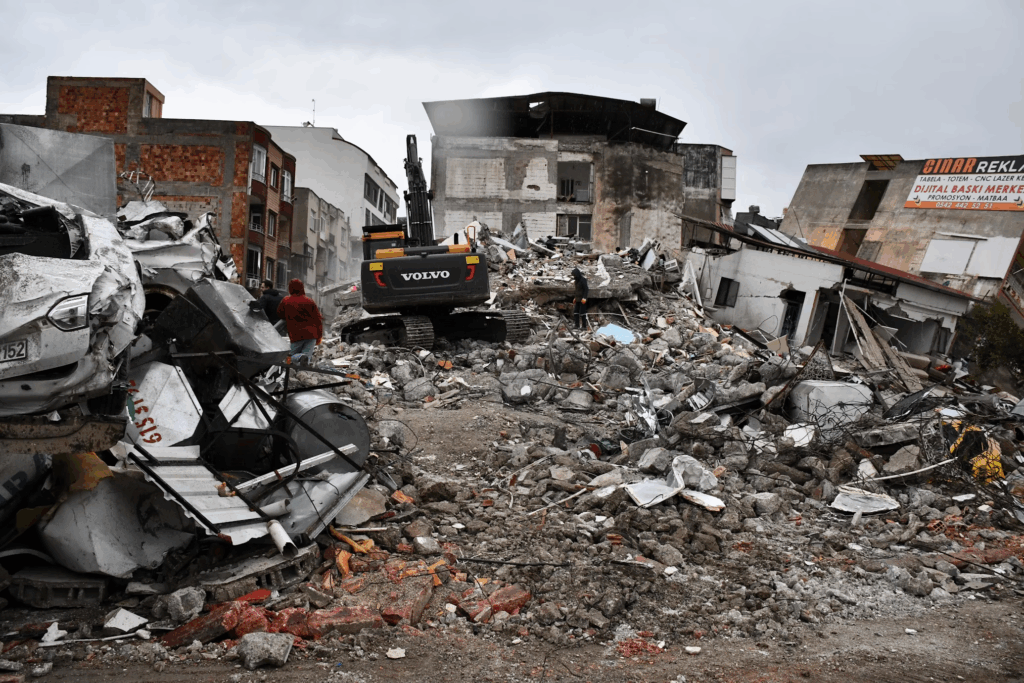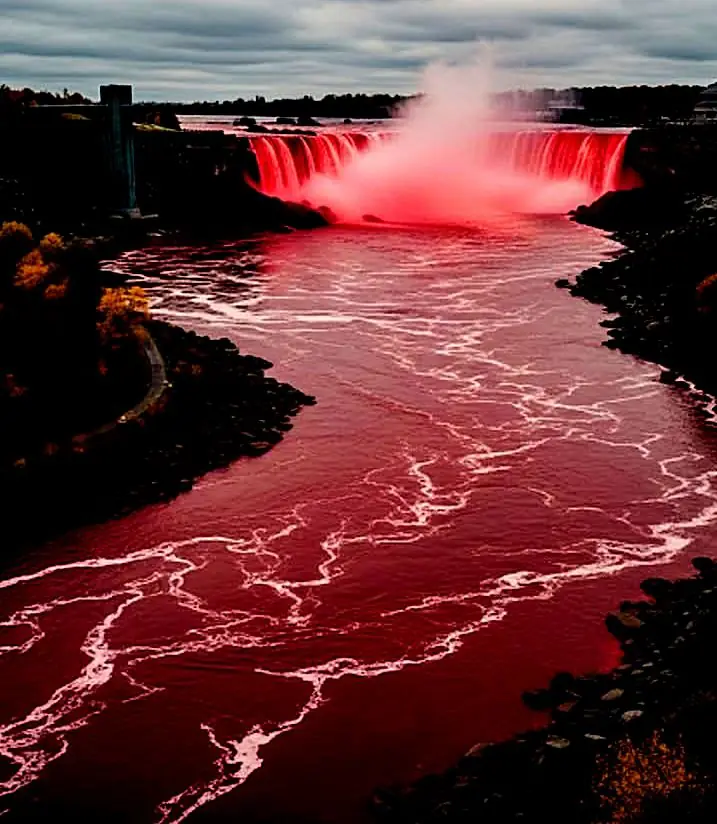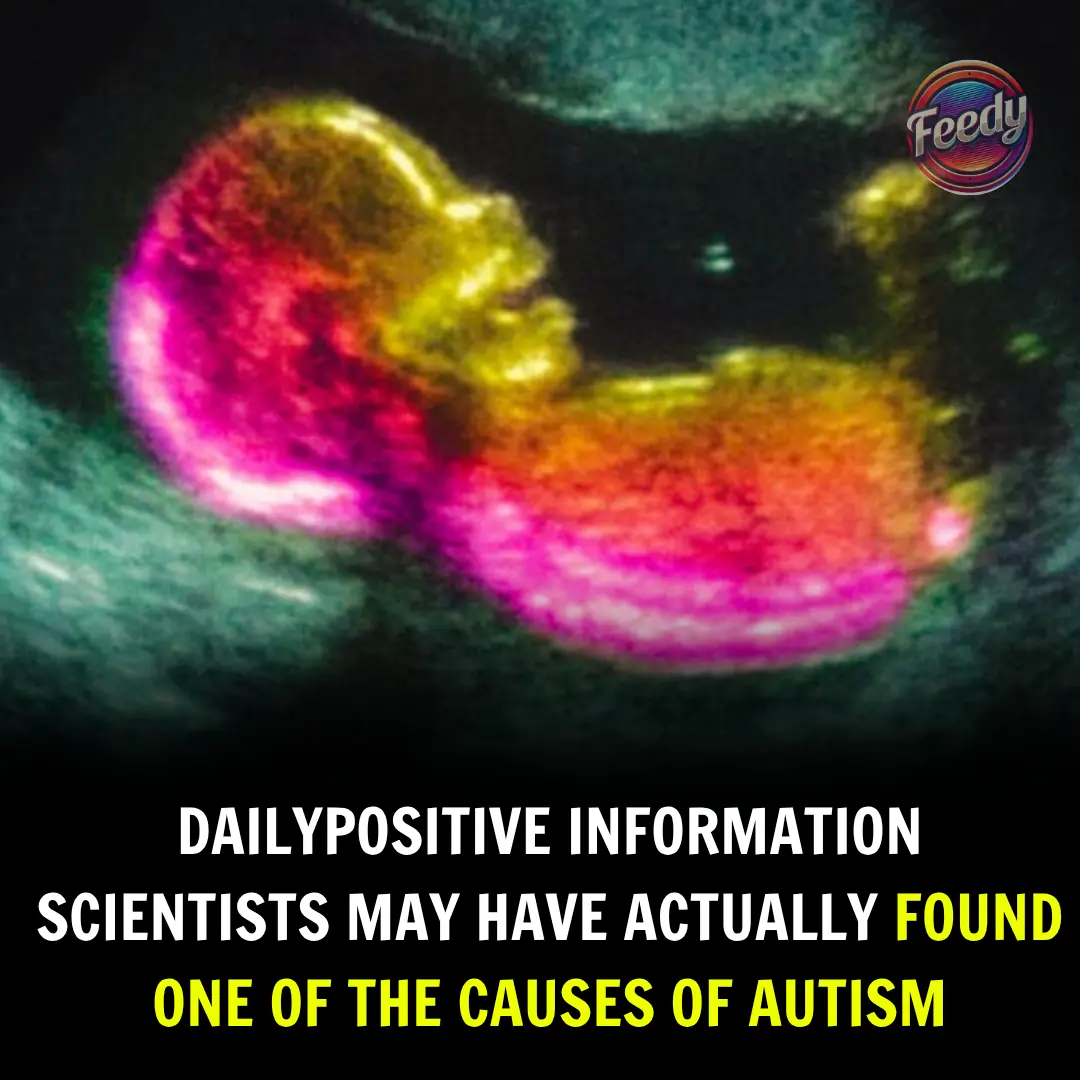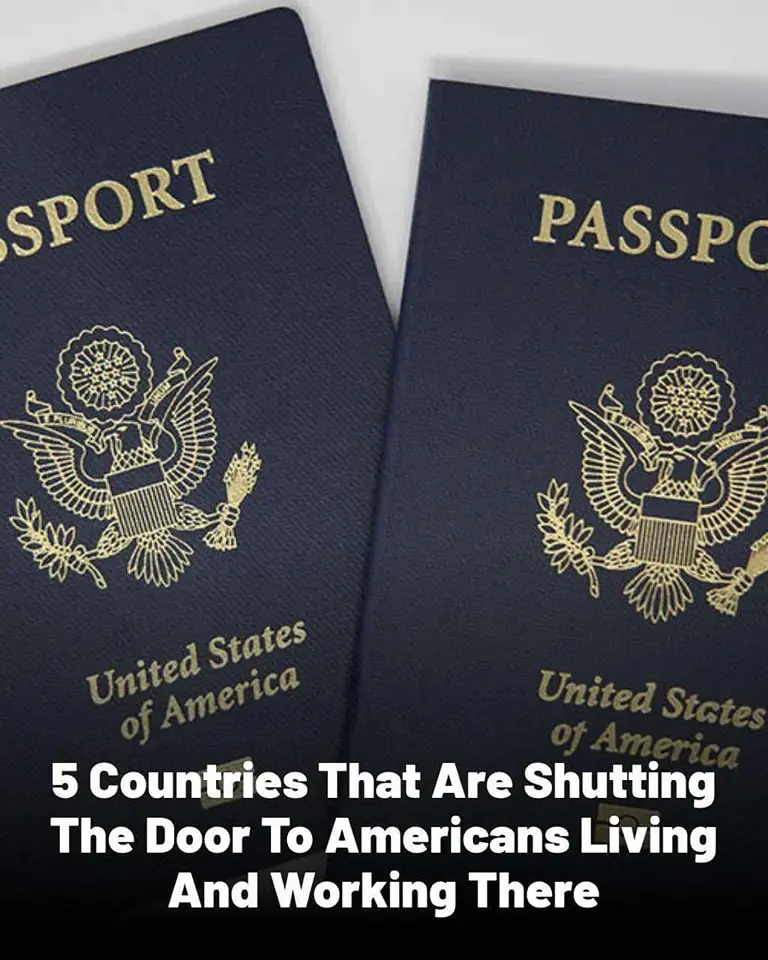
Japan On Edge: Scientists Warn 82% Chance Of Megaquake That Could Kill 300,000

In an effort to reduce the estimated death toll of up to 300,000 people, the Japanese government has stated that significantly more preparation is needed for a potential megaquake.
Although earthquakes cannot be accurately predicted, a government panel in January raised the estimated probability of a major earthquake in the Nankai Trough, located off Japan’s southern coast, to between 75% and 82%.
In March, the government released updated figures, warning that a megaquake and subsequent tsunami could result in approximately $2 trillion in damages and up to 298,000 deaths.
The Central Disaster Management Council had issued a preparedness plan in 2014 that included a set of countermeasures aimed at reducing the death toll by 80%.
However, a revised contingency plan published on Tuesday indicates that the measures taken so far will only reduce the estimated fatalities by about 20%, according to Kyodo News.
The updated recommendations include speeding up the construction of evacuation buildings and embankments, as well as increasing the frequency of evacuation drills in order to enhance public preparedness.
“It is necessary for the nation, municipalities, companies, and non-profits to come together and take measures in order to save as many lives as possible,” Prime Minister Shigeru Ishiba said during a government meeting, as reported by local media.
The Nankai Trough is a 500-mile-long subduction zone running parallel to Japan’s Pacific coast, where one tectonic plate slowly slides beneath another.
Megaquakes in this region have historically occurred every 100 to 200 years over the past 1,400 years. The most recent one struck in 1946.
The initial advisory, which suggested the increased likelihood of a megaquake, was issued by the Japan Meteorological Agency (JMA) in August last year, but was withdrawn a week later.
Concerns have grown due to unfounded fears spread on social media about an imminent earthquake, leading some international tourists to postpone their trips to Japan this summer.
One notable source of anxiety is a manga comic, reprinted in 2021, that predicted a catastrophic event occurring on July 5, 2025.
In May, a local tourism official told AFP that Hong Kong-based Greater Bay Airlines had reduced flights to Japan, citing a sudden drop in demand.
According to Japan’s tourism agency, the number of visitors from Hong Kong fell by 11.2% in May compared to the same month in the previous year.
In contrast, tourist arrivals from South Korea rose by 11.8%, and visitors from mainland China increased by 44.8%.
“It is impossible with current science to predict earthquakes by specifying the location, time, and magnitude of an earthquake, and to say that an earthquake will or will not occur,” Ryoichi Nomura, head of the JMA, said in May.
“We ask the public to take certain steps so that you can cope with earthquakes no matter when they occur. But we also strongly urge the public not to make irrational actions driven by anxiety.”
A magnitude 9.0 earthquake in 2011 struck roughly 81 miles offshore beneath the North Pacific. In some places, the tsunami generated waves up to 132 feet high and resulted in over 15,500 deaths.
The disaster also triggered the meltdown of three nuclear reactors at the Fukushima Daiichi power plant, releasing radioactive material into the environment and forcing thousands of people to evacuate their homes.
Experts suggest that a megaquake occurring in the Nankai Trough could potentially be even more destructive than the 2011 earthquake, which remains the strongest ever recorded in Japan’s history.
News in the same category


Hero Dad Leaps Off Disney Cruise Ship To Save Daughter Who Fell Overboard

4 types of water you should not drink before going to bed

Mom on a mission to show daughter with extremely rare birthmark that she is beautiful

Glee star Cory Monteith's parents tragically die weeks apart following his death 12 years ago

‘Horrifyingly goofy’ creature washes onto Southern California beach

Australian couple with dwarfism have three children against all odds

NIAGARA FALLS TURNS RED BLOOD FOR 10 MINUTES VISITORS STUNS

Tourist who was trapped 1,600ft down active volcano for days tragically dies before rescuers get to her

Elephant finally rescued after over 80 years in shackles – finally lays down and rest

London-bound plane with 242 on board crashes in India

Kitten was dyed with toxic blue paint and left in the rain — rescuers help her make a stunning transformation

This giraffe left photographer speechless, then sad truth is revealed

Sleepy Polar Bear Portrait Wins the Wildlife Photographer of the Year People’s Choice Award

Study Suggests Key Link That Could Help Explain Autism Development

The Power of Gyan Mudra: Benefits and How to Practice It

Pope Francis’ shocking net worth at his time of death

5 Countries Making It Harder for Americans to Live and Work Abroad

Chilling last words of trainer ripped apart by ‘psychotic’ killer whales
News Post

BENEFITS OF DRINKING WARM WATER WITH LEMON

Eliminates Bloating, Clears Urinary Infection, and Cleanses Fatty Liver: A Detailed Guide to the Natural Remedy

Chanca Piedra (Phyllanthus niruri): A Comprehensive Overview

Drink Warm Water with Lemon 😱👇

Revitalize Your Body in Just 7 Days: The Tangerine, Walnut & Ginger Detox Drink That Restores Energy and Vitality

7-Day Meal Plan for Diabetics

6 Coffee Eye Masks to Get Rid of Dark Circles | Under Eye Wrinkles | Eye bags & Puffy Eyes

The first animal you spot in this visual reveals your ‘worst flaw’

3 Eye Symptoms That Signal Hidden Health Issues: High Cholesterol, Stroke, and Cancer

Hero Dad Leaps Off Disney Cruise Ship To Save Daughter Who Fell Overboard

MY 8-YEAR-OLD SON INSISTED THAT WE SURPRISE OUR NEIGHBOR FOR HER BIRTHDAY—WE NEVER EXPECTED HER REACTION

Neglected dog found with matted fur, dry skin transforms after finally getting love

12-year-old girl dies of rare cancer—parents noticed worrying sign as she brushed teeth

4 types of water you should not drink before going to bed

Clear Your Lungs and Feel Great with Lemon and Ginger

8 Warning Signs of Growing Cancer

Can You Spot the 6 Hidden Words in This Living Room Image?

Mom on a mission to show daughter with extremely rare birthmark that she is beautiful
